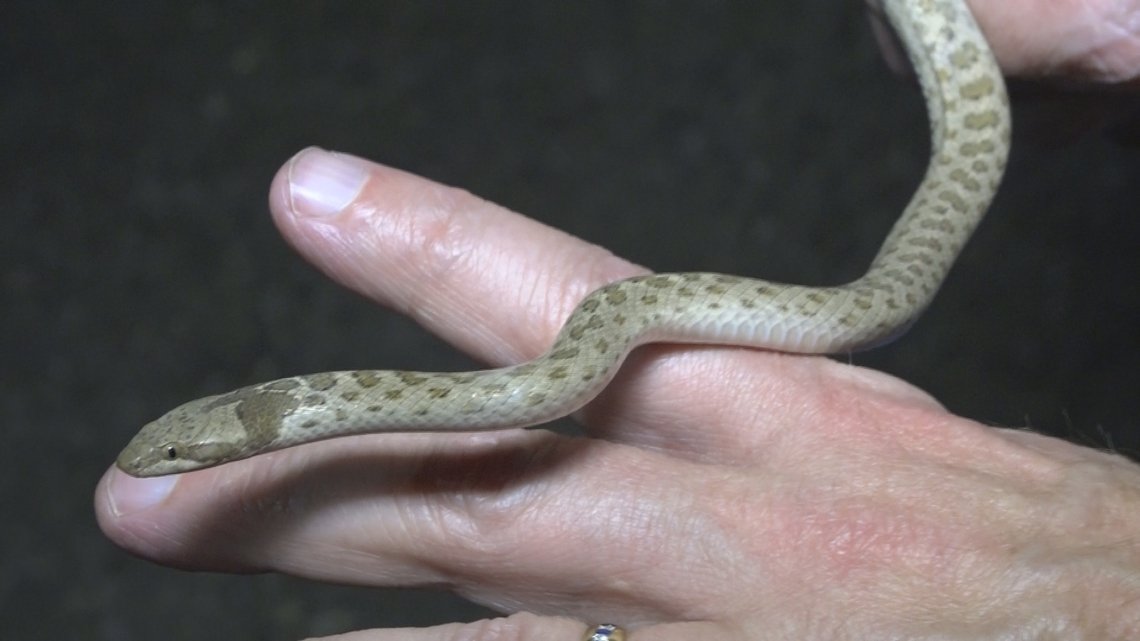animals
It's Called 'Herping' – The Fascinating Hobby You Never Knew Existed

GILA COUNTY, Ariz. — On a quiet Saturday night at 7:34 p.m., Jaren Martineau and his friends set out on a remote road in Gila County for an exhilarating activity. They search for night-dwelling creatures that give people nightmares.
Martineau guards this obscure desert road fiercely, aiming to keep reptile poachers and large crowds at bay. With him are two childhood friends, including Jason Tenney, who sports shorts and flip-flops, an unexpected outfit for the mission at hand.
Once in Tenney’s truck, they cruise slowly as night falls. The goal? To find reptiles and amphibians in the desert. These “herpers” are devoted to “herping,” a term for seeking out these nocturnal creatures.
Martineau, a lawyer by profession, has been infatuated with herps since childhood. Initially fascinated by lizards, he later yearned to find snakes. Armed with a car, he advanced his quest, learning that summer nights during monsoons yield the best results.
It didn’t take long for our first find—a baby Mohave rattlesnake—mistaken initially for a stick in the road. Using a pink snake hook, Martineau gently guided the rattler off the roadway, avoiding potential roadkill, or “DORs” (Dead on the Roadway), which don’t count in his Facebook group’s herping challenge.
The “ARIZONA Reptiles and Amphibians – Herping, Community, Observations” group, now with 2,600 members, encourages enthusiasts to share their finds. Martineau’s easygoing group helps newcomers feel welcome in the hobby.
Martineau also runs the YouTube channel “Sonoran Herping Adventures,” where he records and provides tips on successful outings. That Saturday night proved fruitful with multiple sightings, including a Sonoran gopher snake just down the road from our first find.
Despite a brief interruption by an approaching car, the herpers continued their search. They found a second gopher snake, which bore marks of a past predator attack. Offering it water, they watched as it slithered away unperturbed.
Most snakes and herps act defensively rather than aggressively, remaining motionless or seeking escape when encountering humans. Another halt revealed a false alarm—it was a stick. However, a few miles ahead, they discovered an Arizona black rattlesnake, a venomous but respected find.
Throughout their 3.5-hour adventure, the group uncovered five rattlesnake species, two Sonoran gopher snakes, a Sonoran desert toad, skunks, a coyote pup, and a tarantula. They advise would-be herpers to choose roads with little traffic, optimal temperature conditions (75 to 85 degrees), and to go at night when reptiles are most active.
It’s crucial to proceed with caution, use a bright flashlight, and watch where you step or place your hands, especially if you opt for flip-flops. Herping can be a simple, inexpensive, yet thrilling hobby when done safely and respectfully.


















